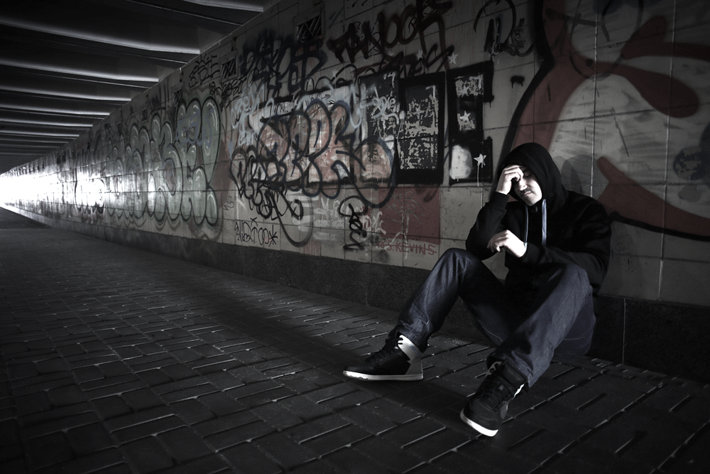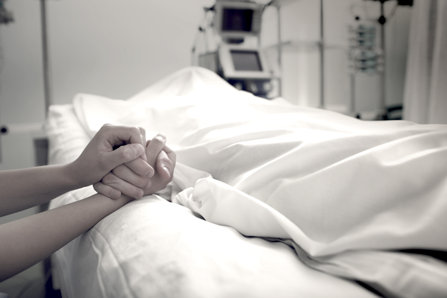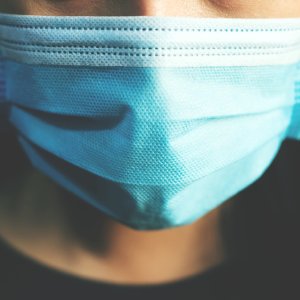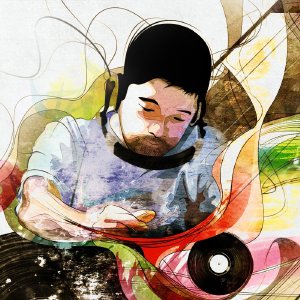The Urban Drug Scene

With each new shift in the times that our country experiences, we witness changes in just about every aspect of life. Some changes are for the better, and some are less so. And furthermore, it seems like as some of the unappealing issues disappear and we find ourselves free of them, other issues then turn up and become more prevalent.
Take for example drug abuse, and the crippling, crisis issues that our nation’s drug problem always seems to bring about. Researchers have been able to successfully and irrefutably prove that, while most street drug use in most, large urban areas across the U.S. has reduced to some extent, prescription drug abuse has increased, across the boards, in all American cities.
In many ways, we have essentially reduced one type of problem, only to hook ourselves into another type of problem. Will we ever be free from drug use? It’s looking a little dubious at this point, at least as long as we continue to rely on pharmaceutical drugs to be the medical “solutions” to our health issues.
What the Urban Drug Scene Looks Like Today
The inner city, “bad neighborhood” drug scene used to look like something out of a B-rate movie or documentary following a minority’s struggle or perhaps a rapper’s rise to fame and freedom from the ghetto. And in a lot of ways, the urban drug scene still looks a lot like this.

However, recent studies show us that ER visits from street drug use in urban areas have declined by eight percent over a three year period. While that might not be that significant of a decrease and while it certainly took awhile to accomplish that decrease, it is still noteworthy. And it is noteworthy because it is the first time that street drug use in inner-city America has decreased in almost twenty years.
The National Institute on Drug Abuse reported that, across the eleven largest metropolitan areas in the United States, illicit, street drug use slowly capped out and then began to reduce. The Drug Abuse Warning Network backed this initial assessment by furnishing ER visit data to the National Institute on Drug Abuse, showing that ER visits for adverse reactions to illicit street drugs had also reduced in all eleven metropolitan areas during that same time period.
The Crippling Prescription Drug Abuse Epidemic Continues to Grow
We cannot, however, be too quick to celebrate a “victory” here. As emergency department visits and deaths from illicit drug use have decreased, emergency department visits and deaths from prescription drugs have increased considerably.
According to Dr. Asokumar Buvanendran, professor of anesthesiology at the Rush University Medical Center in Chicago:
“The harsh reality is prescription drug abuse has become a growing problem in our society…”
“The harsh reality is prescription drug abuse has become a growing problem in our society. We hope the results of this study will aid physicians in effectively treating patients who struggle with prescription drug abuse, as well as encourage widespread patient education about the safe use, storage, and disposal of medications.”
It seems that, as soon as we begin to get a handle on one problem, another one crops up in its place.
Rehabilitating America’s Urban Areas
We cannot only “partially” approach a campaign to reduce drug abuse in urban areas, because the result will only be a partial reduction of the problem, and instead an increase in other problems. To free urban areas from all of the aspects of the drug scene, we have to go all in. This will take massive preventative campaigns, extensive rehabilitation of those who are currently addicted, and a great deal of education to the masses so people know exactly what is at stake with both illicit drug use and prescription drug use.
Sources:


